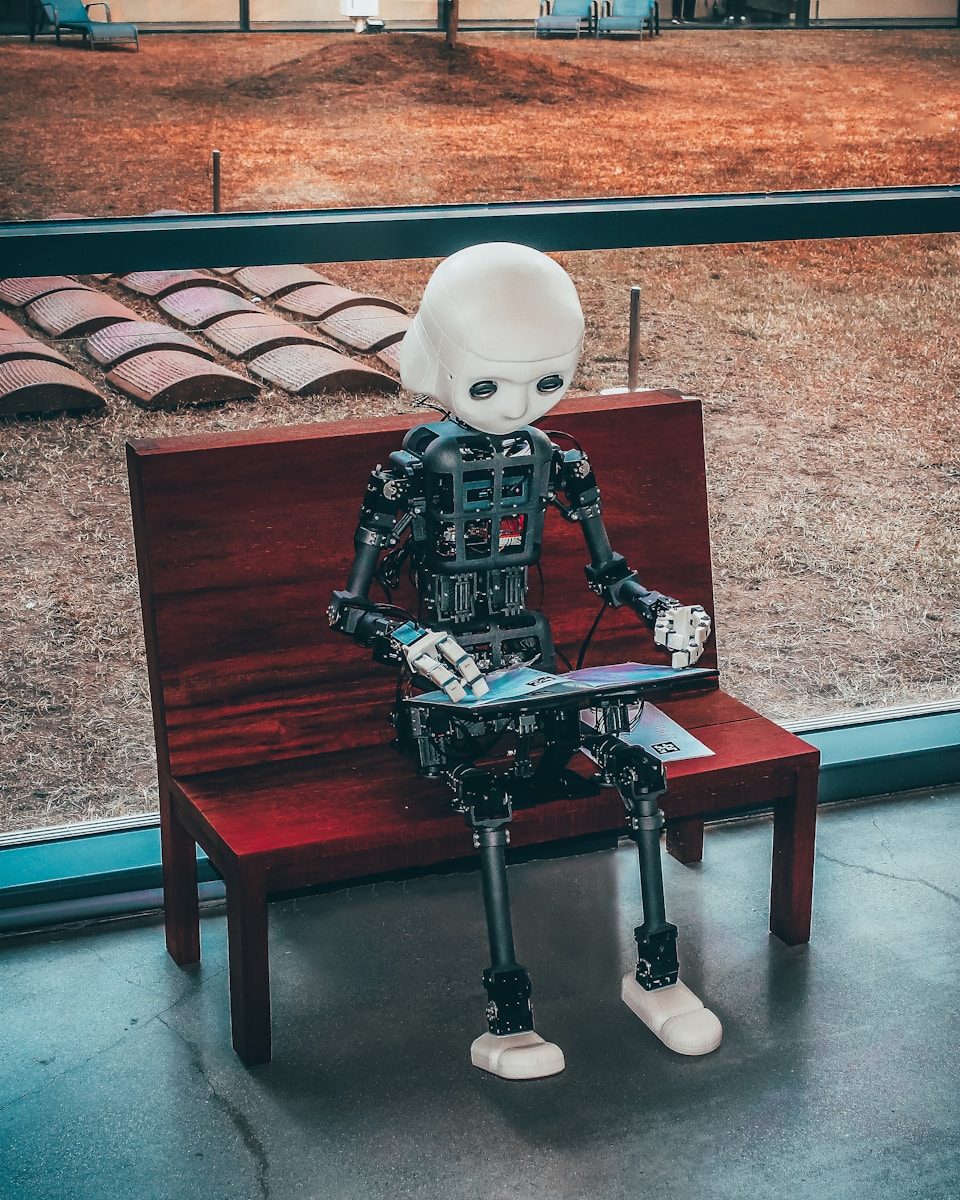ENERGY AND PSYCHOLOGY
By William C Bushell, PhD
So far in this series, our consideration of bioelectricity and related forms of energy* in the context of adepts has focused on the significance of such energy for the alleged potentially profound production of striking phenomena (production of electric shocks and innocuous blisters in volunteers; incineration of paper; etc) with potentially dramatic implications for primarily somatic effects, including a range of physical/physiological enhancements, in the adepts themselves. In the present and next installment, we will briefly sketch out the alleged role of such energy in the context of psychological phenomena, including cognitive enhancement; psychophysiological enhancement (performance of activities requiring integrated mental-physical skills); putative parapsychological phenomena; and in the existence and manifestations of consciousness itself (see MacIver 2022, and future installments). In this respect, we will be expanding the integrative, cross cultural scientific model of bioelectricity in the context of adept-level performance, in terms of the “bioelectricity revolution” previously referenced (see above installments). And as always, our model focuses on, and seeks to integrate, both traditions of energy science, the Western (or cosmopolitan), and the Eastern (which term we use to designate Asian and other cultures in general).
A recent and growing body of cosmopolitan research is in fact generating evidence for the above list of enhancements, particularly over the course of the last decade, and thereby adding this other mind/consciousness dimension to the “bioelectricity revolution” already spoken of in this series with a largely somatic focus. For those inclined to an integrative orientation, such as the present author and his team of scientists, scholars, and anthropologists, the mind/consciousness dimension is included in the larger framework of the scientific model under development. Again, such an orientation directly results from exposure to the demonstrations of adepts in the field. In this unfolding series, we will consider these phenomena in their remarkable range and magnitude, while for now we will provide just a brief overview.
While as of yet there are still many unsettled questions overall concerning specific forms of stimulating (bio)electricity, (bio)electromagnetism, and related forms of energy – including specific forms (eg, DC vs AC; continuous vs pulsed; etc); doses and magnitudes; locations of administration in the brain – the research to date in general clearly demonstrates significant, and even potentially dramatic, enhancing effects on the above functions. Specifically, there is a growing body of evidence that several forms of brain electrical stimulation (BES) can lead to significant enhancement of attentional abilities, learning, memory, and other cognitive functions (egs, Cohen Kadosh 2013; Snowball et al 2013; Coffman et al 2014; Satorres et al 2022). In addition, a number of studies have demonstrated that different forms of BES can also enhance mental-physical functioning – ie, athletic, military, and other like forms of performance – (Feltman et al 2020; Antal et al 2022; Perrey 2023).
In a much more controversial domain of science – that of parapsychology – a considerably rigorous study of the role of repetitive transcranial magnetic stimulation (rTMS) in the ability of subjects to influence the performance of a random event generator was investigated, and found to significantly outperform chance, as recently published in the prestigious peer-reviewed journal, Cortex, by researchers from the University of Toronto Department of Neurology (Freedman et al 2024). This study found that the brain stimulation led to enhanced results via the disabling of the inhibition of psi mentation via effects on the left medial middle frontal region of the subjects’ brains, according to their hypothesis (Freedman 2024; also see Moscovitch 2024; and note that rTMS influences brain function via electrical factors).
Intriguingly, in a similar model, developed by the present author, on the disabling of frontal lobe inhibition of other forms of radically enhanced cognition, Bushell showed how extreme feats of mental calculation, memory, visuospatial granularity, data chunking, information processing, and analysis could be achieved, and potentially used by certain adepts in particular cognitive-visual practices (Bushell 2009, 2016). While the potential role of bioelectricity in this model was not considered in those articles, in the next installment we will consider this model further, along with the potential role of innate bioelectricity, in what might be considered access to and the development of an innate human form of AI.
*As discussed in previous installments, we use the term “bioelectricity” as a form of heuristic shorthand for (1) what also includes bioelectromagnetism and other forms of related energy; and as (2) a working equivalent of Asian terms such as qi, prana, etc. Also as stated previously, much scientific and scholarly exegesis ultimately will still be required to adequately elucidate these terminologies.
References
Antal A, Luber B, Brem AK, Bikson M, Brunoni AR, Cohen Kadosh R, Dubljević V, Fecteau S, Ferreri F, Flöel A, Hallett M, Hamilton RH, Herrmann CS, Lavidor M, Loo C, Lustenberger C, Machado S, Miniussi C, Moliadze V, Nitsche MA, Rossi S, Rossini PM, Santarnecchi E, Seeck M, Thut G, Turi Z, Ugawa Y, Venkatasubramanian G, Wenderoth N, Wexler A, Ziemann U, Paulus W. Non-invasive brain stimulation and neuroenhancement. Clin Neurophysiol Pract. 2022 May 25;7:146-165.
Bushell WC. New beginnings: evidence that the meditational regimen can lead to optimization of perception, attention, cognition, and other functions. Ann N Y Acad Sci. 2009 Aug;1172:348-61.
Bushell WC. Can Long-Term Training in Highly Focused Forms of Observation Potentially Influence Performance in Terms of the Observer Model In Physics? Consideration of Adepts of Observational Meditation Practice, Cosmos and History 12 (2):31-43 (2016)
Coffman BA, Clark VP, Parasuraman R. Battery powered thought: Enhancement of attention, learning, and memory in healthy adults using transcranial direct current stimulation. Neuroimage. 2014;85(Pt 3):895–908.
Cohen Kadosh R. Using transcranial electrical stimulation to enhance cognitive functions in the typical and atypical brain. Translational Neuroscience. 2013;4(1):20–33.
Feltman KA, Hayes AM, Bernhardt KA, Nwala E, Kelley AM. Viability of tDCS in Military Environments for Performance Enhancement: A Systematic Review. Mil Med. 2020 Feb 13;185(1-2): e53-e60
Freedman M, Binns MA, Meltzer JA, Hashimi R, Chen R. Enhanced mind-matter interactions following rTMS induced frontal lobe inhibition. Cortex. 2024 Mar; 172:222-233.
MacIver MB. Consciousness and inward electromagnetic field interactions. Front Hum Neurosci. 2022 Nov 17;16:1032339.
Moscovitch M. Neuropsychology comes to parapsychology: Comment on Freedman et al. “Enhanced Mind-Matter Interactions Following rTMS Induced Frontal Lobe Inhibition”. Cortex. 2024 Mar;172:234-235.
Perrey S. Probing the Promises of Noninvasive Transcranial Electrical Stimulation for Boosting Mental Performance in Sports. Brain Sci. 2023 Feb 8;13(2):282.
Satorres E, Meléndez JC, Pitarque A, Real E, Abella M, Escudero J. Enhancing Immediate Memory, Potential Learning, and Working Memory with Transcranial Direct Current Stimulation in Healthy Older Adults. Int J Environ Res Public Health. 2022 Oct 5;19(19):12716
Snowball A, Tachtsidis I, Popescu T, Thompson J, Delazer M, Zamarian L, Zhu T, Cohen Kadosh R. Long-term enhancement of brain function and cognition using cognitive training and brain stimulation. Current Biology. 2013;23(11):987–992.






